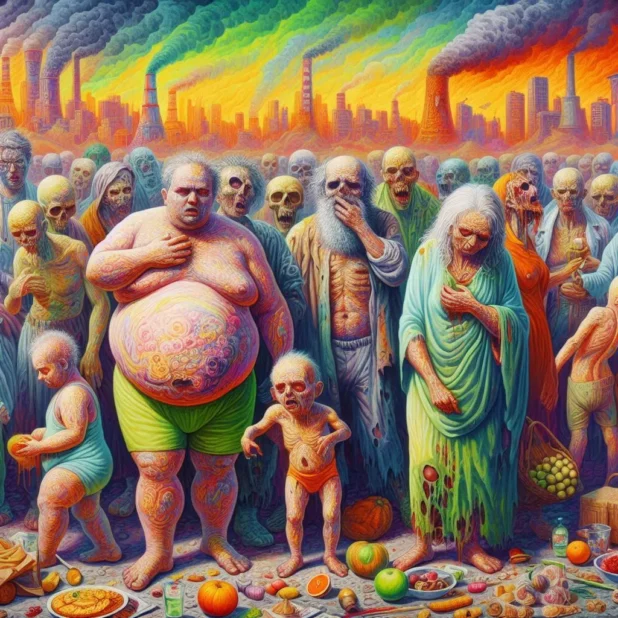As cancer cases rise among young adults in the United States, a new study has identified 17 cancer types that appear to be more common in Generation X and millennials than older age groups. Here’s the latest: https://t.co/5KvECjD5Py pic.twitter.com/IPfIgVRBXO
— Jacqueline Howard (@JacqEHoward) August 1, 2024
I remember when Eminem said:
Fuck that! Take drugs, rape sluts
Make fun of gay clubs, men who wear make-up
Get aware, wake up, get a sense of humor
Quit tryin’ to censor music, this is for your kid’s amusement (The kids!)
Do you remember that?
That was so much fun.
That was in the year 2000.
Millennials were kids then, and it seemed like we were cool.
Now Eminem only takes Prozac and respects women. And he really, really respects gay clubs.
Millennials turned out to be the gayest generation. It’s almost beyond comprehension how gay they are.
And they are so fat. They eat poison food. They chronically masturbate.
They have no skills and they are now middle-aged. The overwhelming majority of millennials are literally dead weight, a noose around society.
And ignore the memes – Gen Z is much worse. They are gayer and somehow even whinier.
They love their vaccines.
CNN:
As cancer cases rise among young adults in the United States, a new study has identified 17 cancer types that appear to be more common in Generation X and millennials than older age groups.
Among adults born between 1920 and 1990, there is a significant difference between each generation in the incidence of cancer rates and cancer types, including breast, colon and rectal, pancreatic and uterine cancers, according to the study published Wednesday in the journal The Lancet Public Health.
Birth control and abortion increase breast cancer. I think you know what increases colon and rectal cancer (anal). Uterine cancers are also related to weird sexual behaviors.
And there’s one thing that increases all cancers: vaccines.
Also, American food.
“Uterine cancer is one that really jumps out where we see tremendous increases. It has about a 169% higher incidence rate if you’re born in the 1990s as opposed to if you’re born in the 1950s – and this is for people at the same age. Someone born in the 1950s, when they were in their 30s or 40s, saw a different incidence rate compared with someone born in the 1990s in their 30s or 40s,” said Dr. William Dahut, chief scientific officer for the American Cancer Society, whose colleagues authored the new study.
“What’s a little different about this paper is that it includes a wider variety of cancers,” he said. “It actually looked at 34 different cancers in which 17, we saw an increase in incidence, and five an increase in mortality in young adults under the age of 50.”
The researchers, from the American Cancer Society and the University of Calgary in Canada, analyzed data on more than 23 million patients diagnosed with 34 types of cancer and more than 7 million people who died of 25 types of cancer.
The data, which came from the North American Association of Central Cancer Registries and the US National Center for Health Statistics, included adults ages 25 to 84 from January 2000 through December 2019. The researchers calculated cancer incidence rates and cancer death rates by birth years, separated by five-year intervals, from 1920 to 1990.
The researchers found that the incidence rates increased with each successive cohort born since about 1920 for eight of 34 cancers. The rate was about two to three times higher among those born in 1990 than among those born in 1955 for pancreatic, kidney and small intestinal cancers in both men and women and for liver cancer in women.
Across cancer types, the increased incidence rate among people born in 1990 ranged from 12% higher for ovarian cancer to 169% higher for uterine corpus cancer compared with the birth cohorts that had the lowest incidence rates.
The increasing incidence of certain cancers among young adults nationally suggests that “this rise is potentially due to changes in the environment or lifestyle,” Dr. Andrea Cercek, a gastrointestinal medical oncologist and co-director of the Center for Young Onset Colorectal and Gastrointestinal Cancers at Memorial Sloan Kettering Cancer Center, said in an email.
Potentially?
What other possible cause could there be?


